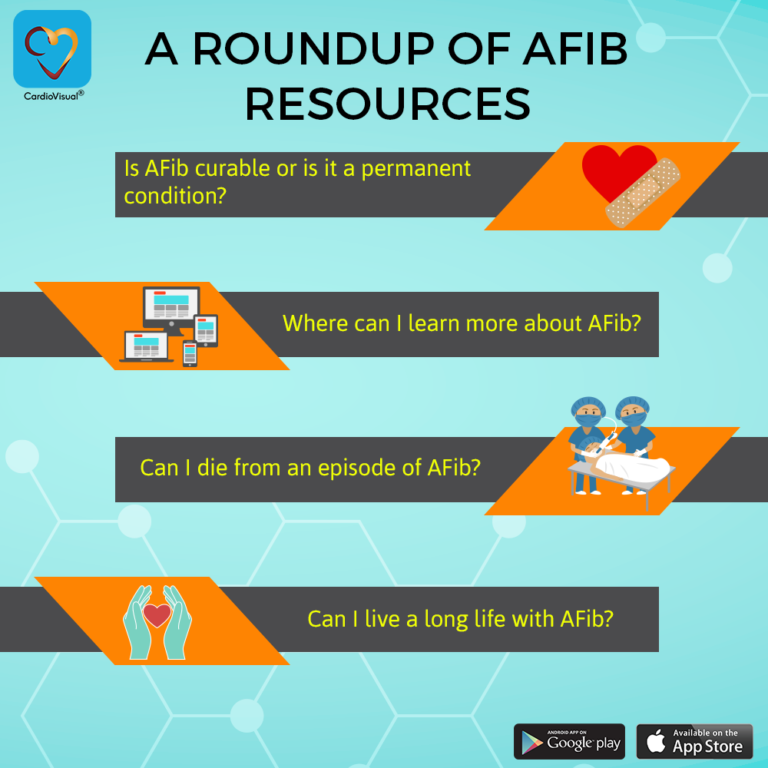
September is atrial fibrillation month. It’s a time for healthcare professionals to ensure their patients are familiar with this condition and a time for regular people to be sure they know what AFib is and how to recognize it.
AFib is caused when the two upper chambers of the heart beat unpredictably and sometimes rapidly. These irregular heartbeats can cause blood to collect in the heart and potentially form a clot, which can travel to a person’s brain and cause a stroke. While AFib can occur at any age, it is more common in people 65 years and older. AFib is more common in people with high blood pressure, heart disease, or diabetes.
While AFib itself is not life threatening, the condition can form dangerous blood clots that can break free and block a blood vessel to the brain, potentially causing a stroke. In fact, if you have AFib, you are five times more likely to have a stroke. Furthermore, AFib-related strokes are nearly twice as likely to be fatal or severely disabling as strokes not associated with AFib.
Many people who have AFIb don’t even know it. If you’re in a risk category, it’s good to educate yourself with as much information as you can.
Toward that end, we’ve assembled a list of resources that will help anyone learn more about this condition:
- CardioVisual, of course, has detailed animations and information about AFib. Download CardioVisual for Android here or download CardioVisual for iOS here.
- A little Fib, a production of the National Stroke Association, is an entire website dedicated to the condition.
- Here’s a good page of information from the Heart Rhythm Society.
- Stop AFib is dedicated to restoring the life and freedom of AFib sufferers.
- The American Heart Association is a comprehensive resource for information about AFib.
- Check out this website from the European Heart Rhythm Association.
- See our article about AFib here.
- See our snippet video about AFib here.
Awareness is our best defense against this condition. Doctors, help your patients understand. And everyday people, let’s educate ourselves and our loved ones! Diagnosing and treating AFIB can prevent 60% to 80% of strokes.